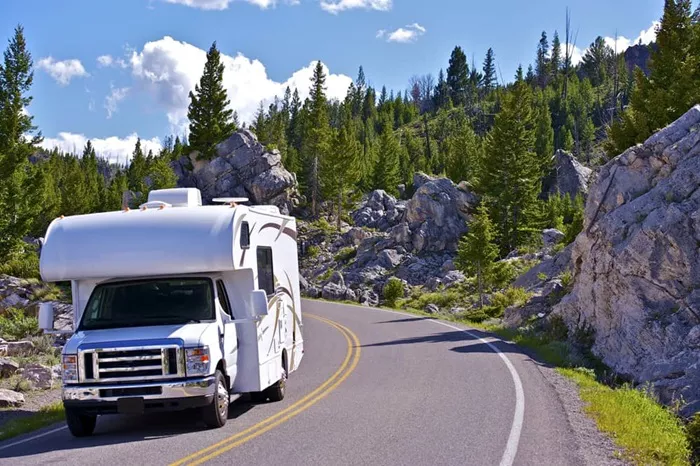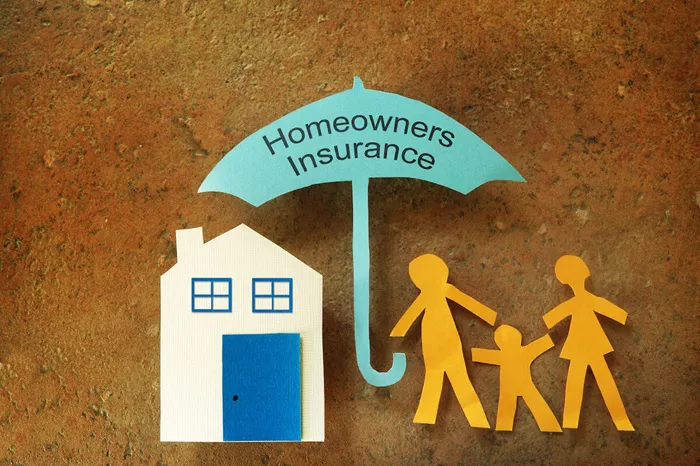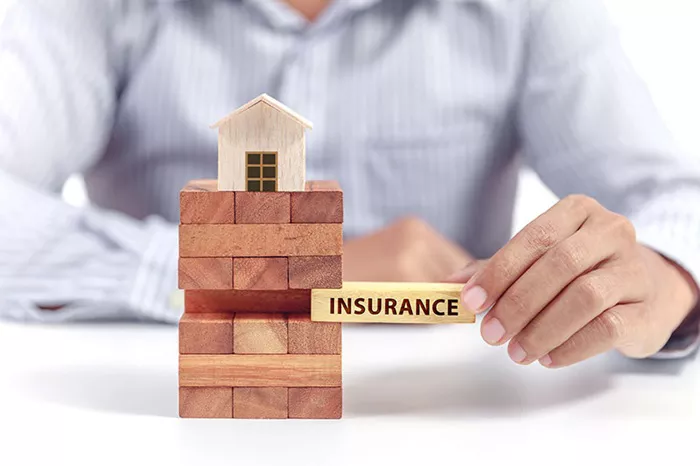Owning a campervan is a dream for many people. It gives you the freedom to travel, explore, and live on your own terms. But like any vehicle, a campervan must be insured. Campervan insurance protects you from the costs of accidents, damage, theft, and more. If you are thinking about buying a campervan or already own one, it’s important to understand how much insurance will cost.
How much does campervan insurance really cost? Campervan insurance is not one-size-fits-all. The price can vary based on many different factors. In this article, we will explain what affects campervan insurance costs, what types of coverage are available, and how you can lower your premium. Everything will be explained in a simple and clear way, so you can feel confident when shopping for coverage.
Let’s begin by looking at why campervan insurance is needed in the first place.
Why Campervan Insurance Is Important
A campervan is more than just a vehicle. It’s a place where you sleep, cook, and often spend long periods of time. Because of this, regular car insurance may not give you the protection you need.
Campervan insurance helps cover:
Accidents while driving
Damage from storms or fire
Theft of the van or its contents
Injuries to others if you’re at fault
Emergency breakdown or towing
Without insurance, these costs can be very high. In some places, having insurance is also a legal requirement. That’s why it’s always best to have the right policy before hitting the road.
Average Cost of Campervan Insurance
There is no exact cost that fits everyone. The price of campervan insurance depends on several factors, which we will explore shortly. However, to give you a general idea:
Most people pay between $800 and $2,000 per year.
Some may pay as little as $500.
Others could pay over $2,500 if they have a high-end campervan or special coverage needs.
These prices can change based on where you live, your driving record, how you use the campervan, and more. Let’s now go deeper into the things that affect the price.
Key Factors That Affect Campervan Insurance Costs
1. Type and Value of the Campervan
The type of campervan you own has a big impact on the cost. Smaller vans, like a converted cargo van, may cost less to insure. Large Class B or Class C campervans, especially new models with many features, will cost more.
Insurance providers look at how much it would cost to repair or replace your van. A luxury campervan with modern appliances and tech will usually need more coverage.
2. How Often You Use It
If you use your campervan only a few times a year, you’ll likely pay less. Occasional use means lower risk. But if you live in your van full-time, insurance may be more expensive. That’s because full-time use increases exposure to accidents, theft, and damage.
Some insurers offer part-time and full-time policies. It’s important to choose the one that fits your lifestyle.
3. Where You Live and Travel
Your location also matters. If you live in a city or area with high traffic or crime rates, your insurance may cost more. Rural areas tend to have lower premiums.
Where you plan to travel can also affect the price. If you plan to cross borders or travel internationally, you may need extra coverage.
4. Driving History
Like with regular car insurance, your driving record plays a big role. If you have a clean driving record with no accidents or violations, you’ll get a better rate. If you’ve had past claims, tickets, or accidents, your premium will likely be higher.
5. Age and Experience
Older, more experienced drivers are often seen as lower risk. If you are under 25 or new to driving, insurance companies may see you as higher risk and charge more.
Some insurers offer discounts for drivers who have taken safe driving courses or RV-specific training.
6. Customizations and Modifications
If your campervan has been heavily modified, such as adding solar panels, a custom bed, or kitchen equipment, the value of the van increases. This can raise the cost of insurance.
Make sure to list all upgrades when getting a quote. You want to be sure they’re covered in case of damage or theft.
7. Coverage Options
The more coverage you add, the more you’ll pay. For example:
Liability-only policies are the cheapest, but they only cover damage you cause to others.
Comprehensive and collision coverage will cost more but protect your van as well.
Contents coverage protects your personal items inside the van.
Roadside assistance and emergency accommodation can be useful but may raise the premium.
You can build a policy that fits your needs and budget.
8. Deductible Amount
The deductible is the amount you pay out of pocket before insurance kicks in. A higher deductible usually means a lower premium. But be careful not to choose a deductible you can’t afford in case of an accident.
Types of Campervan Insurance Coverage
Now that you know what affects the price, it’s helpful to understand the different types of coverage available.
Liability Coverage
This is usually required by law. It pays for damage or injury you cause to other people or their property while driving. It does not cover your own campervan.
Collision Coverage
This pays for damage to your campervan if you hit another vehicle or object. It’s useful if you want to protect your investment.
Comprehensive Coverage
This covers damage from non-collision events, such as theft, fire, vandalism, and storms. It also includes things like falling trees or animal damage.
Personal Property Coverage
Since many campervans are like small homes, people often store valuable items inside. This coverage protects your belongings like clothes, electronics, camping gear, and tools.
Medical Payments or Personal Injury Protection
This helps cover medical bills if you or your passengers are injured in an accident, no matter who was at fault.
Full-Time RV Insurance
If your campervan is your primary home, you may need full-time coverage. This is more like a mix of home and auto insurance. It may include liability for visitors, storage coverage, and more.
Roadside Assistance
If your van breaks down in the middle of nowhere, this coverage helps with towing, flat tires, fuel delivery, and more.
Vacation Liability
This gives extra protection when your campervan is parked at a campsite. It covers injuries to guests or damage caused to others at the site.
Tips to Lower Campervan Insurance Costs
While insurance is important, no one wants to pay more than necessary. Here are some simple tips to lower your premium:
Shop around: Get quotes from different insurers and compare them.
Bundle policies: If you also have home or auto insurance, bundling may save you money.
Choose a higher deductible: Just be sure you can afford it if needed.
Install safety features: Devices like alarms, GPS trackers, and dash cams can lower the risk of theft or damage.
Store your van safely: Keeping it in a secure garage or RV storage lot can reduce the cost.
Limit your mileage: The less you drive, the lower your risk—and your premium.
Maintain a clean driving record: Safe driving always pays off.
When and How to Get a Quote
It’s best to shop for insurance before you buy a campervan or at least before your first trip. Getting a quote is easy. You’ll need to provide:
The make, model, and year of your campervan
Your location
How you plan to use it (part-time or full-time)
Your driving history
Details about custom features or valuables inside
You can get quotes online, over the phone, or through a local insurance agent.
Conclusion
Campervan insurance is a key part of owning and enjoying a mobile lifestyle. The cost will depend on many factors, including your van, your driving habits, and the coverage you choose. On average, expect to pay between $800 and $2,000 per year, though it can be more or less.
The most important thing is to get the coverage that fits your needs. Don’t just look for the cheapest policy—look for one that will truly protect you if something goes wrong.
Related topic:
Why Is Insurance Important for Your Campervan Hire Business?
What Makes Romley RV Insurance a Smart Choice for RV Owners?




















